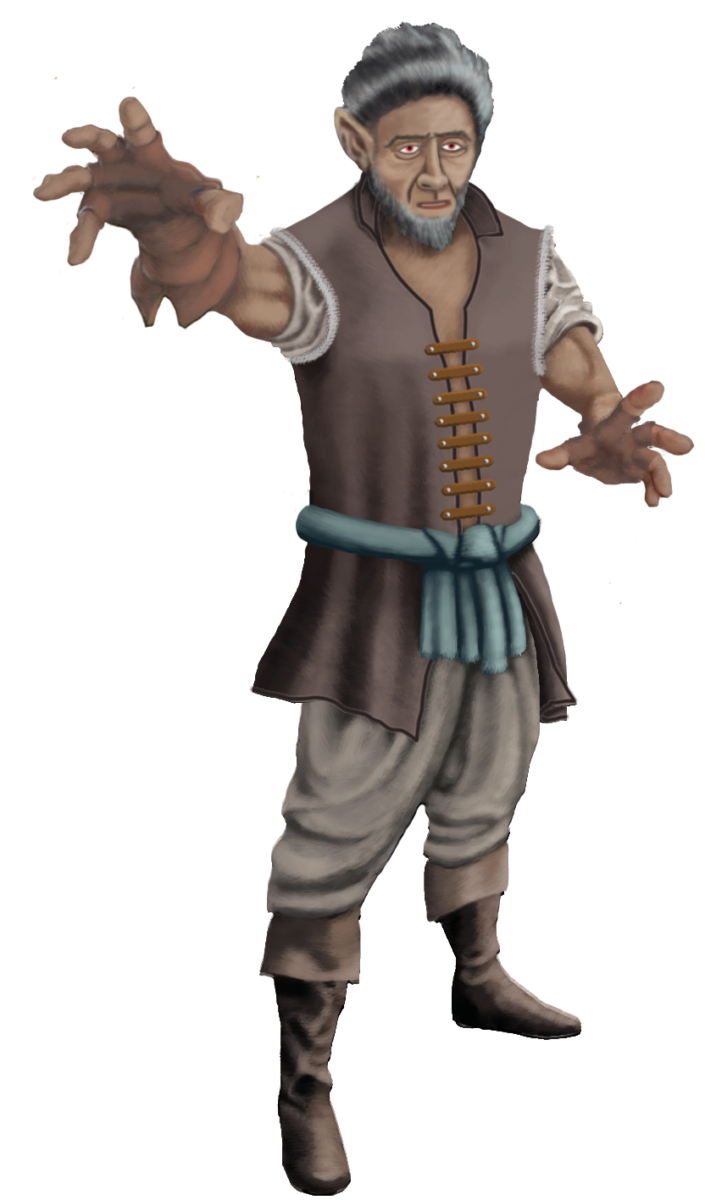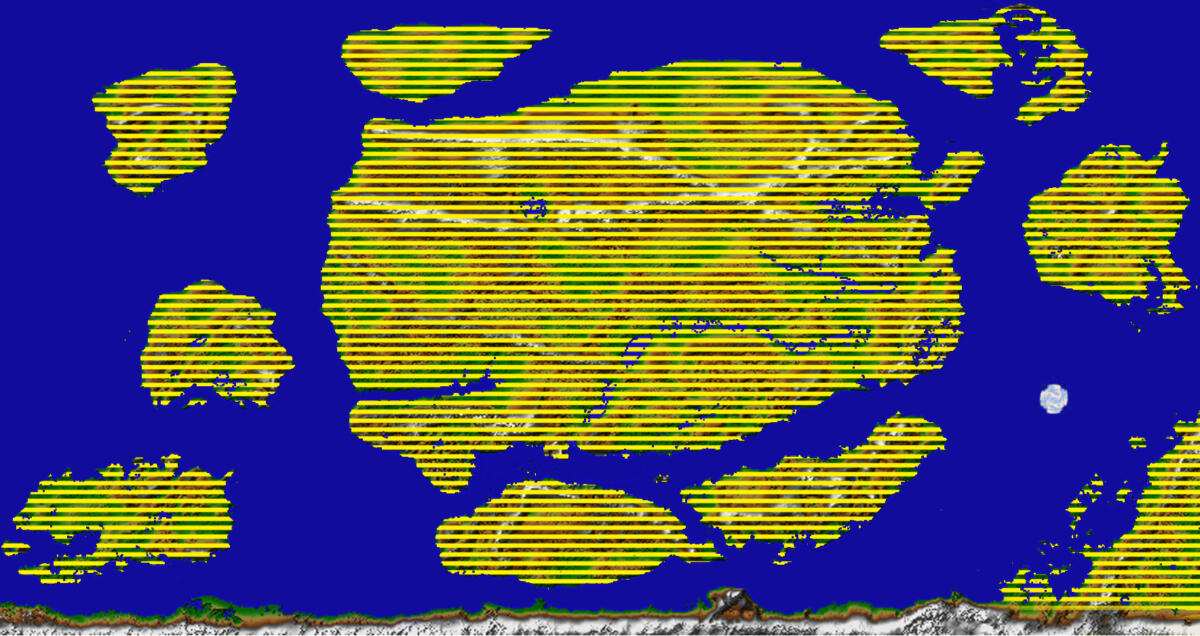Drakk Alfar

Appearance:
Build:
From slim to muscular.
Height:
Females: 175-180
Males: 185-195
Weight:
Females: 70-85
Males: 75-90
Lifespan:
Females; –
Males: –
Skin:
Black with blueish tint
Hair:
Black, rarely white.
Eyes:
Green-blueish.
Language:
- SINONSTRA
- REALMISH
- NIMZAXIAN
- WESTRIL
- ILEISH
- OL-DARIN
- HIGH-ARLINIAN
- VULARIAN
- OST-ARLIAN
- THA-ARLIAN
- SOUTH-DARIN
- RIM-DARIN
- EAST-DARIN
- WEST-DARIN
- UPPER-DARIN
- MAARKISH
- FINDONIAN
- EAST-FJELLAS
- WEST-FJELLAS
- EAST-DALISH
- WEST-DALISH
- LOW-NALDAN
- HIGH-NALDAN
- NORTH-UTAR
- SOUTH-UTAR
- NORTH-SKOGISH
- EAST-SKOGISH
- UPPER-SKOGISH
- SOUTH-SKOGISH
- WEST-SKOGISH
- CENTRAL-SKOGISH
Culture:
- NOBILITY
- URBAN
- SUBTERRANEAN
Legend
“Said to be older than their spirit kindred, the Ljost Alfar, but encountered the last of the two. Drakk Alfar sagas tell of the birth of time, and through them we have gained insight into the birth of the Indigenous. Races, whom they have aided up until the Great Betrayal as some call The Great Invasion.”
History

They live underground and thus lack the gleaming skin and freshness of a smile, though they are still considered handsome by other races and are regarded as fabulous smiths. Their skills in Runes and smiting, herbal and plant lore, and Magic make them all hunger for their artefacts and knowledge. Their magic songs and spell knowledge often allow them to walk unnoticed among humans. They dislike wood and water and prefer the solid bones of the earth. They mostly clothe themselves in soft and rigid leather to protect them from the sharpness of the rocks and the hardness of their labour.
Skjald Vinotis
The millennia-old Academy of Ri in the Bay of Skelop was built at the edge of what is known as the strongest Earth node in The Realm. No other place did magic flow stronger, faster, or more turbulently. So it was only natural to the scholars that a Astral Site/Gate was at the very centre.
Yet in all its history, none had ever been able to activate this astral site or gate, nor had any known being ever emerged from it, despite some very rare claims of seeing it faintly shimmering. Thus, travel to the academy was mostly by ship, or via Astravel to neighbouring locations, and then on horseback or by walking. So, part of the academy’s studies was naturally devoted to the site Nick named ‘Maelstrom of the Gods’.
Skjald Ulrich
The skills of Drakk Alfar Crafters are legend, especially Uar Knosso Perimax, and back in time, when Ljostari sank, the Mawmen taught their Magic Glass crafting skills to some Drakk Alfar. They also know the secrets of Ljosti Bronze.
It is said that one of the divine teardrops that fell outside Lake Mirror was carved into a fabolous gem and placed in a Izno-Gold for the Emperor of the N'Aldaan by two Dwarf and two Drakk alfar Crafters.
Skjald El Mary
Let me tell you two things, the oddest one first. I was told after the invasion that the last day students noticed’maelstrom of the gods’ did shimmer faintly, was the same day the Kinoblin junk with me onboard sailed by just south of the island. So I suspect those stunted creeps were involved in all previous connections or activation attempts, but I can’t confirm that now that the academy is closed.
Anyways, the other thing is about The Great Invasion… naa, wait. We can do it another day. I need to grab that wine over there…
Skjald Yell'a'Beard
Cartography

Some settlements worth noting are the following:
At Findon, in Skelops Southern part. Out in the Niralla Strait lies the Axni Island where a huge amount of Drakk Alfar live. There are both what is considered normal Drakk Alfar, but the Em Ru Arran Mana Manipulators also resides there. Alongside the Drakk Alfars live two Indigenous. Archaic, some Clovincaz, and one Moss'Ari Tribes. With whom they even married, and thus there are also a few settlements of Half-Human living there. But generally, the Isle is ruled by the Drakk Alfar, and the various Common folks living at the shores and harbour towns are the link to the outside World. Thus, the potent Drakk Alfar Ingredients are traded here, and outsiders are rarely welcomed further inland than these ‘Gates to the Drakks’.
At Dalip, in Amrad, there are two known Drakk Alfar lokations: one at Mt. Aggnurs, who at times aided in Amrad’s defence against raids from Bowei, and a more isolated lot further west in Nurr Mountains.
Also at Dalip, in Agion, the Drakk Alfar from Mt. Wyrrol at the border to Bowei joined forces with Archaic, Ogryl and some Common. Beating a rather aggressive coalition of Jomzaar, Indigenous and other Common Tribes, in Mopraars Marshlands.
At East Fjella, in Tusla, there are at least three Drakk Alfar settlements: Bizli Top, Peak Hrafni, Mt. Smapve. and we suspect there’s also one at Mt. Depol. Normally, they are very secretive and don’t deal with outsiders, yet it is rumoured that a Thursar is seen wandering about—at times even in the company of someone from Dawn Reborn or a ommoner. So, as they somehow become more social when travelling the lands seeking information about the Thursars hereabouts, One can easily find one selv sharing a campfire with a Drakk Alfar in that situation.
At Markeoy in Bragurgs, where Bay of Braburg narrows, and it turns into Rabuns Fjord lies Mt. Strim. In that mountain resides a large amount of Drakk Alfar as well, often dealing with the T'Aurs at Mumuarki.
Skjald Ulrich
Organisation
They dislike wood and water and prefer to live in carved constructions throughout the entire world, except at The Rim. Especially below ground in huge caves and cities, recovering all that is possible of nature’s resources, which they turn into artefacts of great value, Finding their domains is normally difficult and is best attempted at sunset.
Skjald El Mary
Special
Most often, they take on those who find them as apprentices due to their displayed persistence and cleverness. They know all the languages of The Realm, even though each individual generally only knows a dozen or so.
Skjald Valgrif
Story
Suddenly it lit up, brighter than ever this millennia… shielding their eyes, pondering the humming as if hoofbeats… the portal suddenly flashed and a shimmering wall to another place opened… and beyond the shimmering mist, a thousand eyes could be seen… teeth glittering, lips mumbling, hands wriggling, energies building up… Mana being released to such an extent that reality ripped…
Dozens of students died the very instant it opened up… scores fell lifeless and withered as energies were sucked from them… countless died shrieking as they were blasted or ripped apart… or melted, boiled, and warped by the very elements surrounding them… and then they began to organise… stand firm, counter spells, release might, and force themselves… and their elders arrived…
It’s said hundreds of the Drakk Alfar died that day… but alas, they were the right tool for the task… and their vast amount gave them an upper hand… and slowly the Mages began to retreat towards the Academy… as more foes poured from the great rift, tipping the tide further… So as the mages from the rest of the realm started to arrive, by horse, flight, sprint, and whatever… it was only to add to the fray at the very doorstep of the academy.
All night they fought, in coloured shines dazzling every mortal… and slowly even the sturdiest, most skilled… despite attempts of boosting powers beyond any precaution or rule, ran dry and died… leaving only the very few extremely skilled grandmasters an option to die or flee… resulted in the academy eventually being razed… meanwhile frenzied Drakk Alfar slaughtered every being they encountered in the bay…
Skjald Kazumix
Last Updated on 2024-02-11 by IoM-Christian
